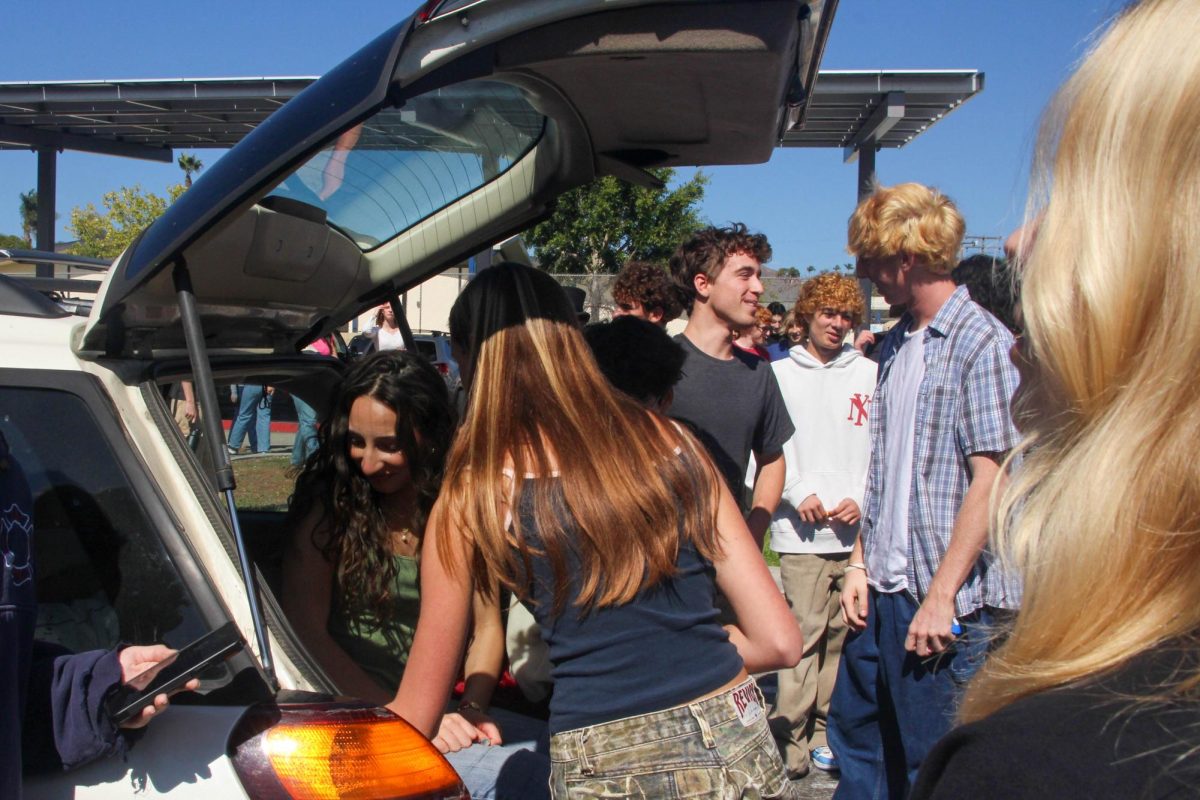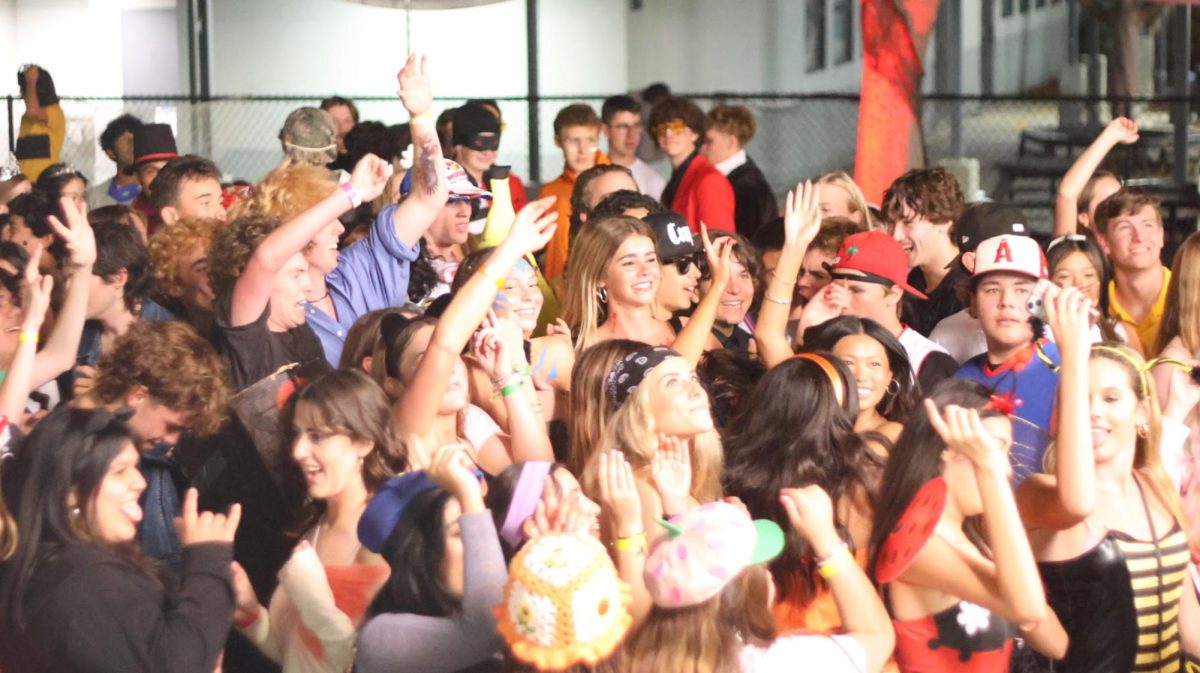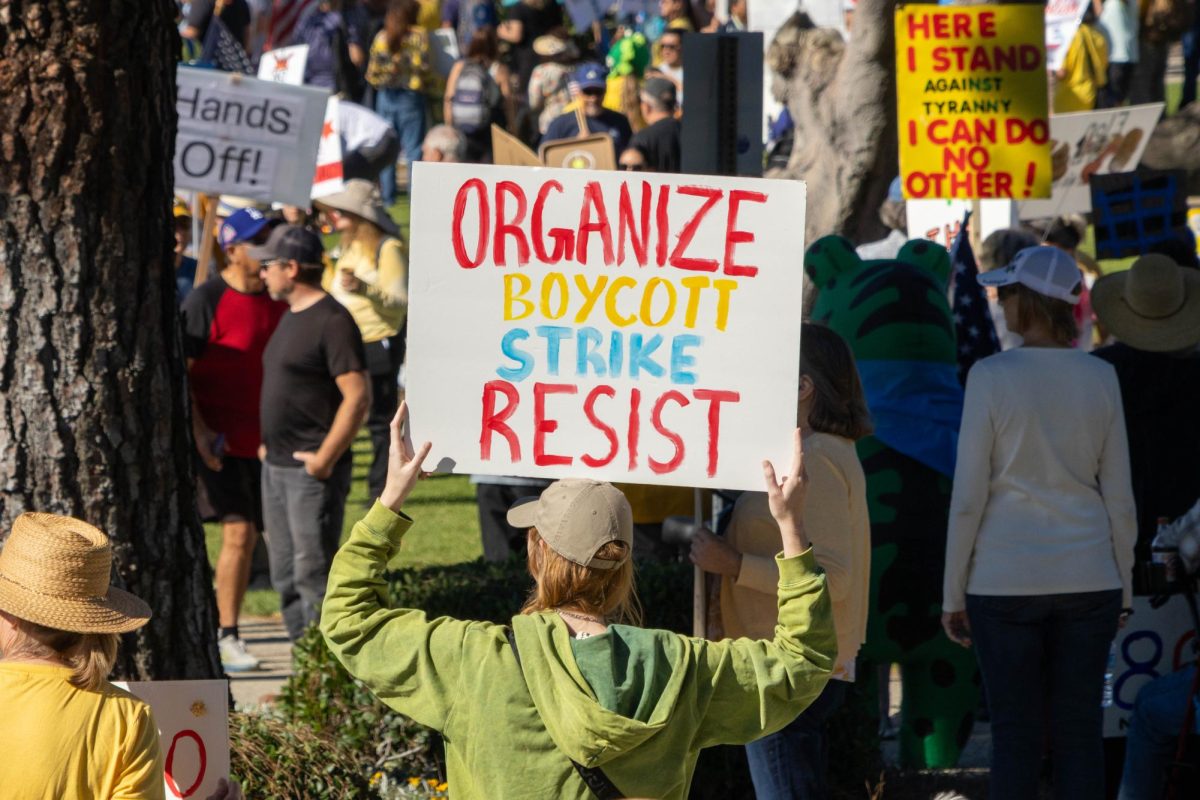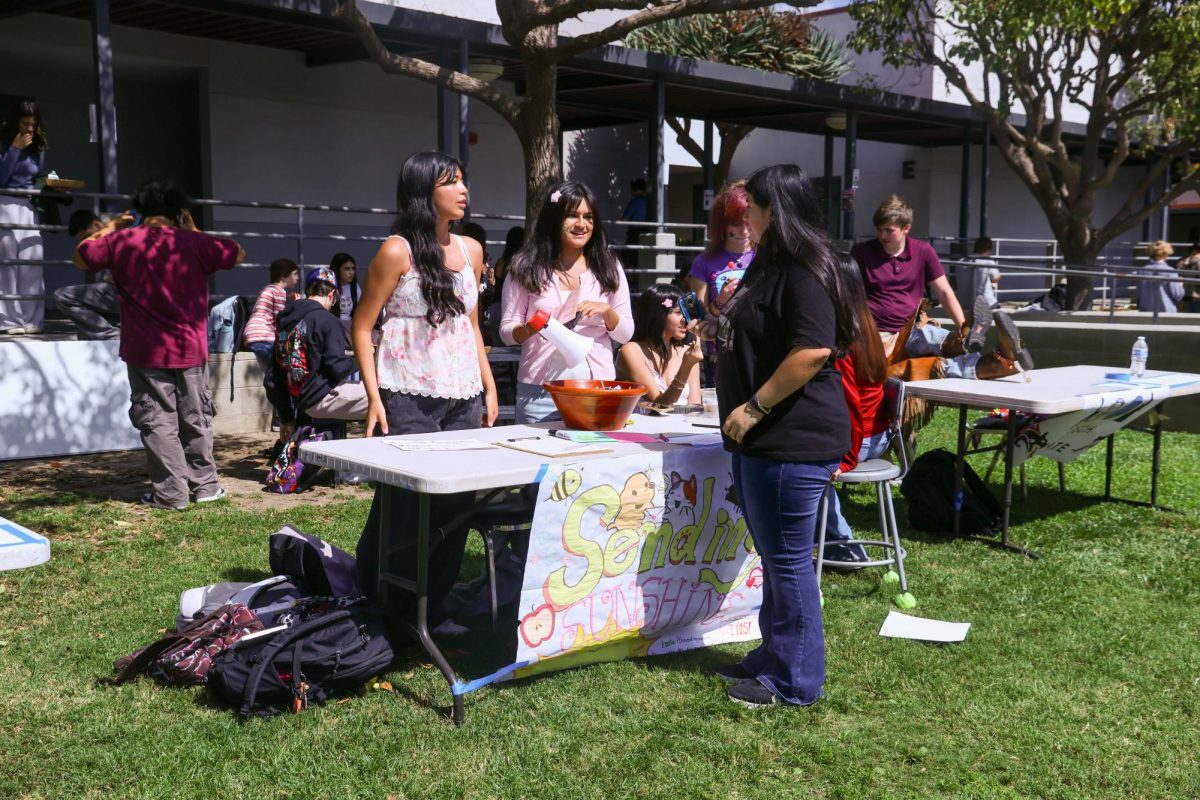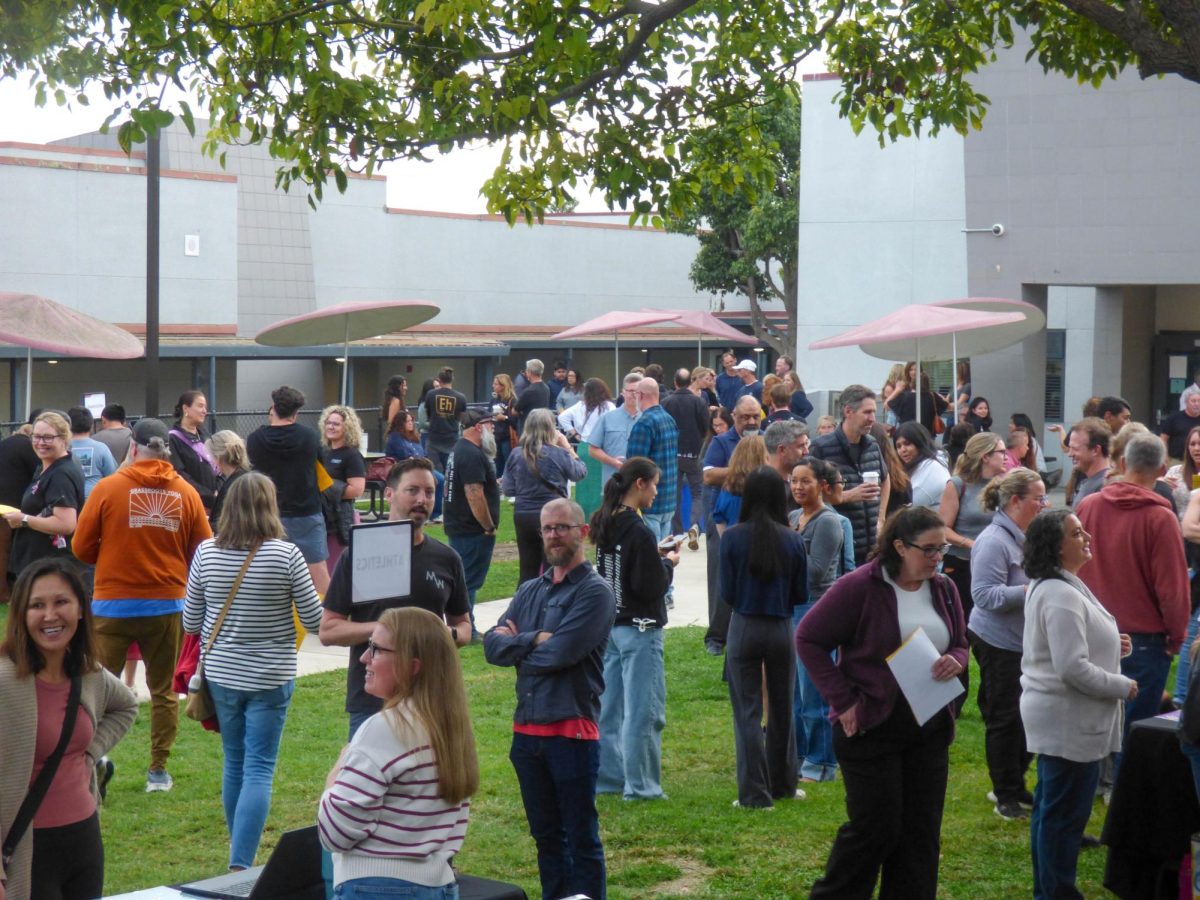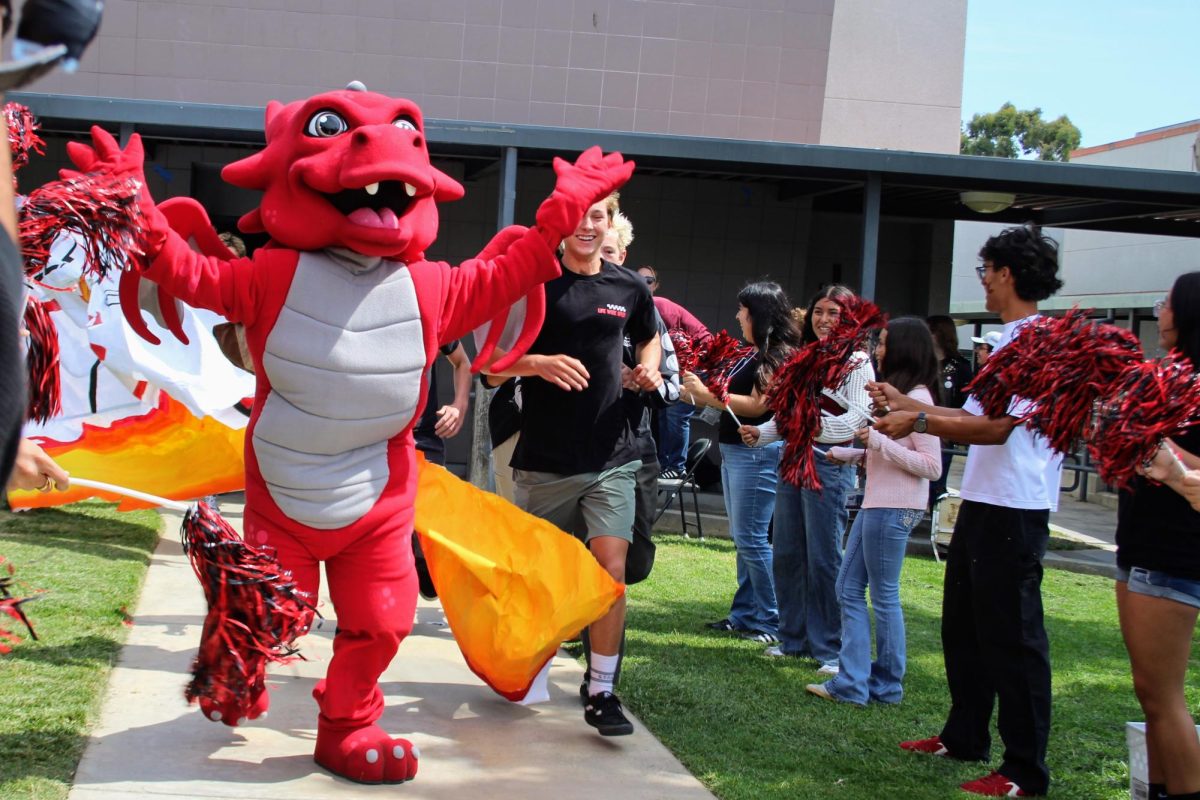MINNEAPOLIS — With rising levels of social media use across the globe, many student journalists are utilizing sites like Facebook and Twitter to increase readership and interactivity.
“Journalists like to think that they have all the answers but we don’t and in this age, in this time, everybody is on Facebook and everyone is on Twitter and they can actually get the answers,” said 16-year old Vivian Bell from Indiana.
Bell was one of a few thousand high school journalists and yearbook staffers that attended the Journalism Education Association (JEA) and National Scholastic Press Association’s (NSPA) convention in Minneapolis this weekend.
Like most social networking sites, Facebook attracts a large percentage of young users; about 45% of people who use Facebook are younger than 25.
Because of this, Rodell Felder, 17, of Indiana believes that most people are now getting their news from social media websites. {sidebar id=40}
A Pew Research report conducted in May supports Felder’s idea.
“If searching for news was the most important development of the last decade, sharing news may be among the most important of the next,” noted the report.
Duchesne Drew, Columbia graduate and managing editor of the Star Tribune, said that social media has increased readership interaction.
“A big part of what we do is trying to invent communities of interest by using Twitter and Facebook to connect with them,” Drew said.
Advisor Jamie Nusbaum, 29, of Wisconsin remembers she first noticed social media being paired with journalism in 2002 when the Associated Press decided to include a passage about online ethics in their style book.
“I think it is changing the face of journalism and is forcing journalists to reexamine their relationship with their readers,” Nusbaum said.
California native Aron Egelko, 16, feels that social media has made journalism more available to the public.
“Social media has enabled almost anyone to become a ‘journalist’ by allowing people to easily share news with the word,” Egelko said.
Currently, California has the most Facebook users out of the entire country, over 51 percent of its population has an account with it.
Vadim Lavrusik, Journalist Program Manager at Facebook, believes that using social networking can help build a better relationship between a journalist and the interviewee.
Earlier in his career, he was the only reporter in the city to obtain an interview from the girlfriend of a deceased man because he contacted her through Facebook. The woman decided to give Lavrusik an interview because after viewing his Facebook page, she felt that he was trustworthy.
“I became more human,” he said. “She was able to learn something about me before making that decision [to be interviewed].”
Lavrusik also discussed the benefits of crowd-sourcing, or allowing the general public to contribute to news coverage.
He shared a story about a local news agency that asked their Facebook fans to send them pictures of a tornado that had hit St. Louis, Mo.
“They realized that their staff couldn’t be everywhere,” said Lavrusik. “But they knew that their community could be.”
Credit: Anaika Miller & Chrissy Springer for The Foothill Dragon Press.
Footage taken by Rachel Crane, Anaika Miller & Chrissy Springer for The Foothill Dragon Press.
Video edited by Chrissy Springer.


